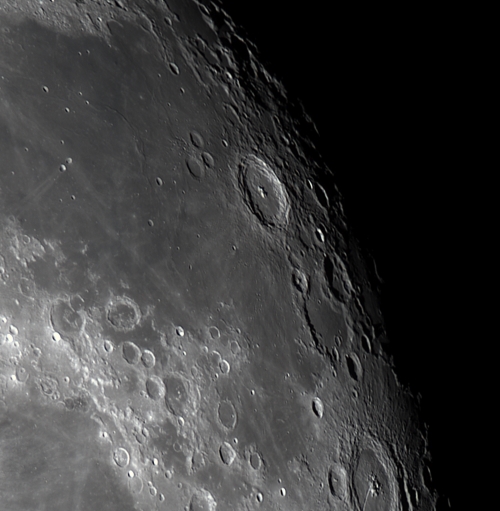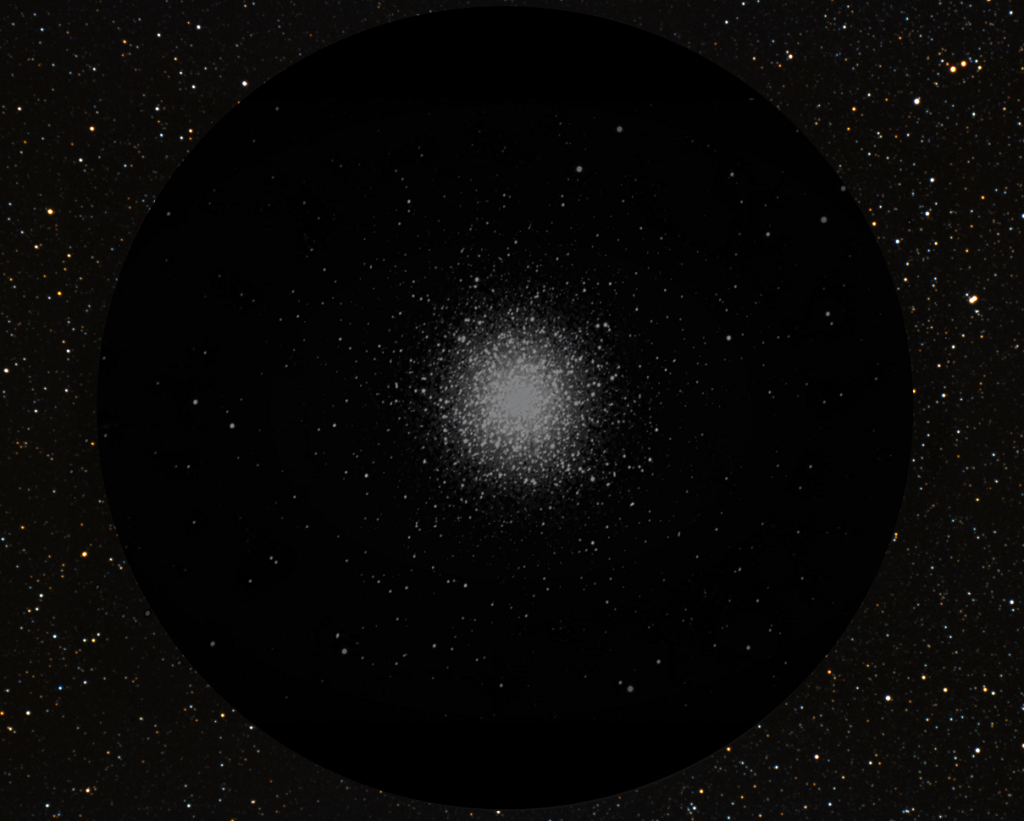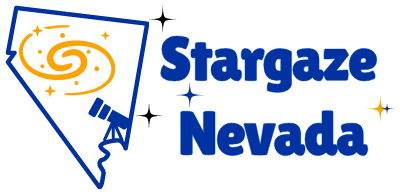Our Tour
The evening begins with a laser guided tour of common constellations visible in the night sky. This is followed by a guided tour of the night sky through the use of our powerful telescopes.
Different objects are visible during different times of the year, but we try to show a variety of objects during each tour. Deep sky objects can include Galaxies, Emission Nebulae, Planetary Nebulae, Stars, Binary Stars (also known as double stars), Globular Star Clusters, and Open Star Clusters. Of course, if the Moon, or Planets such as Venus, Mars, Jupiter, or Saturn are visible during the tour hours, they will be visited as well. In an effort to provide a personalized star gazing experience, if you have a special request or would like to revisit a favorite object, we will try our best to accommodate.
What can you see?
The images below simulate what can be seen through the eyepiece with a telescope. Actual viewing experience will vary based on seeing conditions and moon phase. It is important to note that many of the vibrant colorful images on this website are images of the night sky taken with sensitive camera lenses and are further processed to bring out details. These do not represent what can be seen real time through an eyepiece, as the views are typically much fainter and without color (although some brighter stars and the planets do show color). With that said, the views are incredible and will provide a memorable experience.

Jupiter
Jupiter is the largest planet in the solar system with its mass being greater than twice the mass of all other planets in the solar system combined. Through an eyepiece, look for its four largest moons, the North Equatorial Belt, South Equatorial Belt, and the Great Red Spot.

Saturn
Saturn is the second largest planet in the solar system. Through the telescope, look for some of its largest moons, its beautiful rings, and some atmospheric banding across the surface of the planet. On nights of good seeing, the Cassini Division in the rings can be seen.

Messier 42 The Orion Nebula
Located in the constellation Orion about 1,400 light years away, the Orion Nebula is a stellar nursery. Through a telescope, a brilliant bright nebula is observed with stellar gas and dust filling the eyepiece. The central region glimmer with 4 bright stars known as the Trapezium. On good nights of seeing, two of those 4 stars each reveal an additional star revealing 6 stars with two close pairs.

Messier 27 The Dumbbell Nebula
Located inside the summer triangle in the constellation Vulpecula about 1,200 light years away, M27 is believed to be the first planetary nebula discovered. Through a telescope, it appears as a dumbbell shaped gaseous nebula against a vivid background of stars.

The Moon
See the Moon in great detail. Through the telescope, expect to see a vast amount of craters and shadows cast by the craters. The moon goes through many phases and isn't visible every night of the month. During a new moon, the moon is not visible but the skies are darker and provide better views of the fainter deep sky objects which can be washed out by the moon lit sky. The first and third quarter moon phases are the best time to see the moon in great detail, as the craters are visible in high contrast.

Messier 13 Hercules Globular Star Cluster
The globular star cluster M13 is one of the brightest globular star clusters in the night sky. It is located in the constellation Hercules a little over 25,000 light years away and contains close to 300,000 stars.
Why Stargaze Nevada?
We offer a personalized star gazing experience with an experienced tour guide and excellent equipment. Our large telescopes and quality eyepieces provide outstanding views of the Universe under Nevada’s beautiful dark skies.
- Experienced: Jake has 18+ years of stargazing experience and loves sharing his enthusiasm of Astronomy with others.
- Personalized Stargazing Experience: Each tour has a maximum tour size of 15 guests to enable us to offer a personal experience without long wait times. We utilize multiple telescopes to ensure there is plenty of time to view objects.
- Equipment: Our large telescopes provide detailed views of the night sky. The optics perform at a high level and will provide outstanding detail when the seeing permits. Collimation of our large Dobsonian telescope is checked and fine tuned before each tour, and is frequently checked on our Schmidt Cassegrain telescope. High quality eyepieces are carefully chosen to provide high contrast views with minimal optical aberrations, large fields of view, and comfortable eye relief.
Location
We are located in Northern Nevada. Once established, more details will be provided.
- Close drive from South Lake Tahoe, Reno, Carson City, and Virginia City

